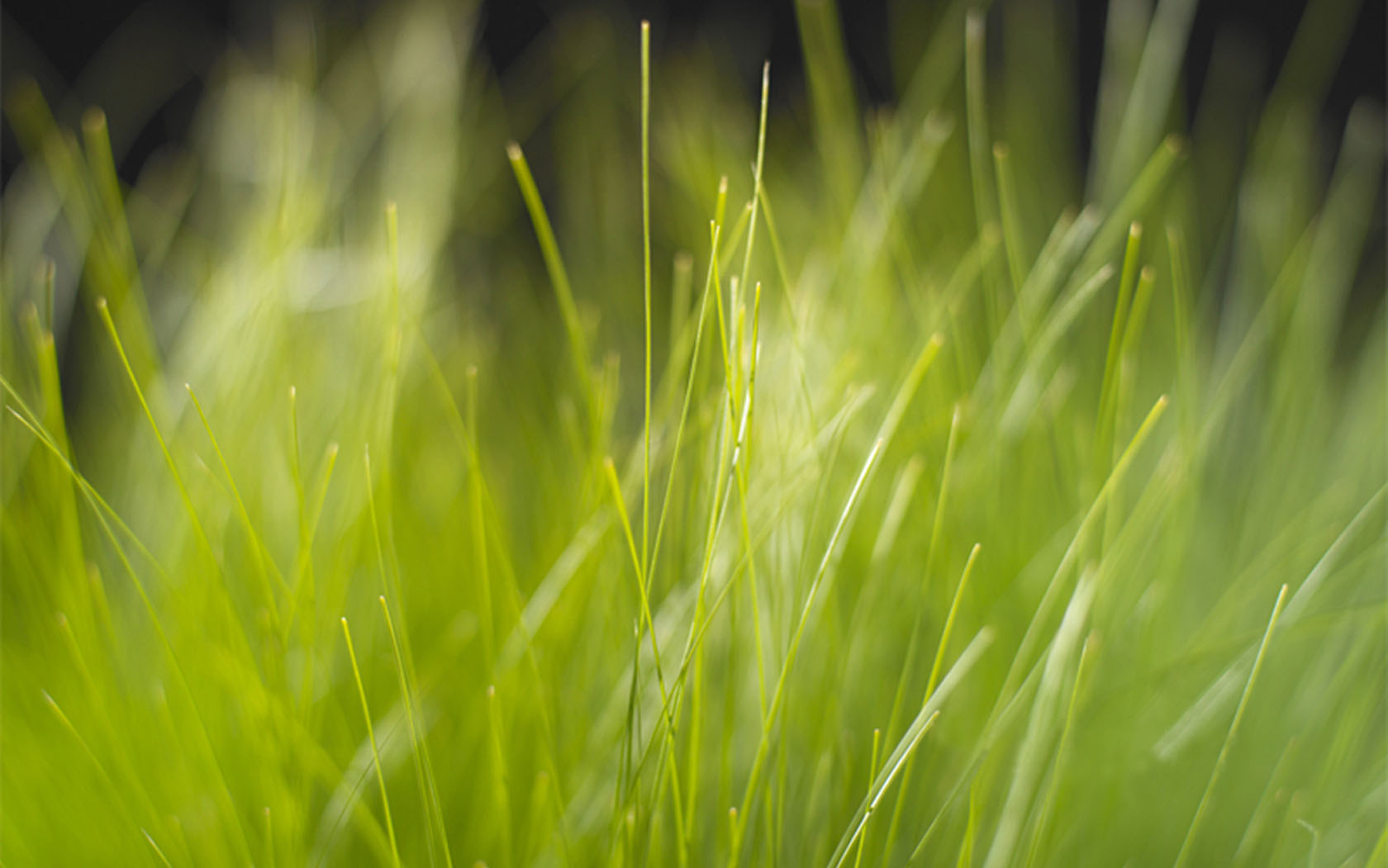We’ve added a new page on Fountain Grass (Pennisetum setaceum) under the Invasive Plants category. Click HERE to view it and download a brochure.


Southwest Vegetation Management Assoc.
We’ve added a new page on Fountain Grass (Pennisetum setaceum) under the Invasive Plants category. Click HERE to view it and download a brochure.

WSWS will host a joint meeting with the Western Aquatic Plant Management Society. Three symposia are planned for the joint event:
WSSA’s annual meeting will include an annual awards presentation, oral and poster presentations, a business meeting, and special networking sessions for both graduate students and women in weed science. Five special symposia will be offered, including:
Prerecorded presentations will be followed by live question and answer sessions. Further details and conference registration are available online.
Congratulations to Dr. John Brock, the SWVMA 2020 Vegetation Manager of the Year! Dr. Brock has made many contributions to vegetation management in Arizona, including serving as president of SWVMA for many years. Thank you for all your contributions!
Register by midnight on 11/13 to attend the 2020 SWVMA conference on Invasive Plant Species in Response to Urban and Wildland Fire. It will be a virtual conference from 9 am – 4 pm on Tuesday, Nov. 17, 2020. More information can be found here.
Stinknet (Oncosiphon piluliferum) is a relatively recent and problematic arrival to Arizona. This plant is spreading rapidly in both urban and wild areas and can quickly dominate a landscape. More information HERE.

Dear Colleagues:
Good News. We now have final word that the revised Arizona Noxious Weed list will officially become law on January 4, 2020.
The updated noxious weed list contained in the rule changes proposed by the Department of Agriculture was unanimously endorsed by the Governor’s Regulatory Review Council in October 2019. The new rules are expected to be published on the Arizona Administrative Register of the Secretary of State website by Friday November 22, 2019.
The rule changes will go into law on 4 January 2020 and will then appear in the Arizona Administrative Code with the first quarterly Code Supplement of 2020. The new Plant Division Code will also appear on the Department of Agriculture website in January 2020.
Following the public meetings and comment period in June, only one change was made to the Noxious Weed List proposed by SWVMA, the addition of Carrichtera annua to the Class A Weed Group.
This has been a very long process starting in 2007. But finally we got it done. Hopefully it will not take another 12 years before we manage to update the list again !
— The SWVMA Noxious Weed Working Group
Patti Fenner, John Brock, John Scheuring and John Richardson
The program for the SWVMA 2019 meeting is available at the link below. There will be 8 CEUs from the Arizona Department of Agriculture for the 2 days of meetings and an additional 4 CEUs for attending either of the two field trips. See the program for the breakout of CEUs on days 1 and 2.
There are 2 field trips to choose from on Thursday, 10/24:
Click on the links below for more information:
Pesticide applicator training will not be held this year.
[/fusion_text]
The Western Governors Association had an in-depth conversation with Interior Secretary David Bernhardt, released the Biosecurity and Invasive Species Initiative Special Report, and announced an agreement with the United States Department of Agriculture (USDA) to pursue collaborative projects on the first day of the WGA 2019 Annual Meeting.